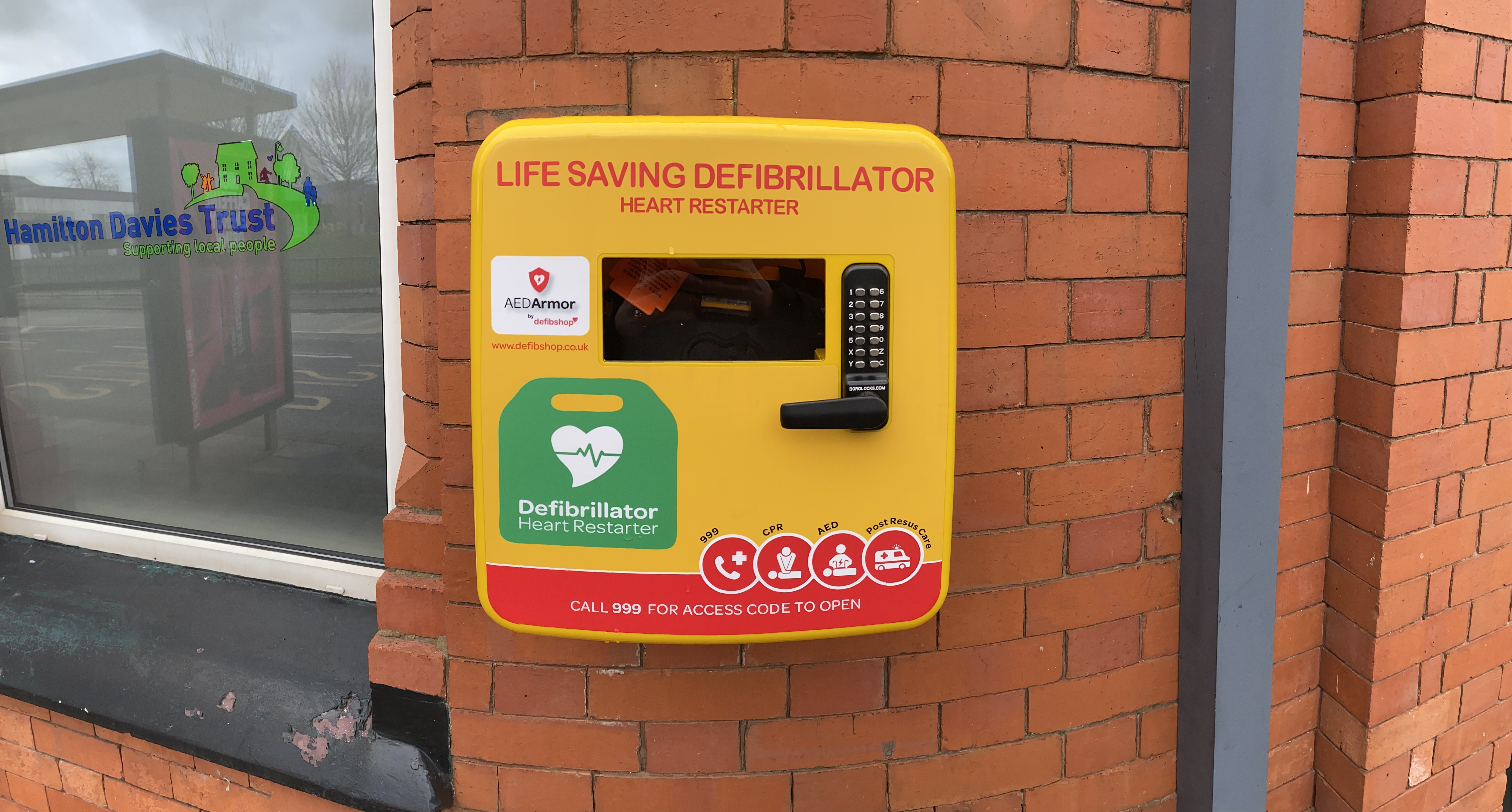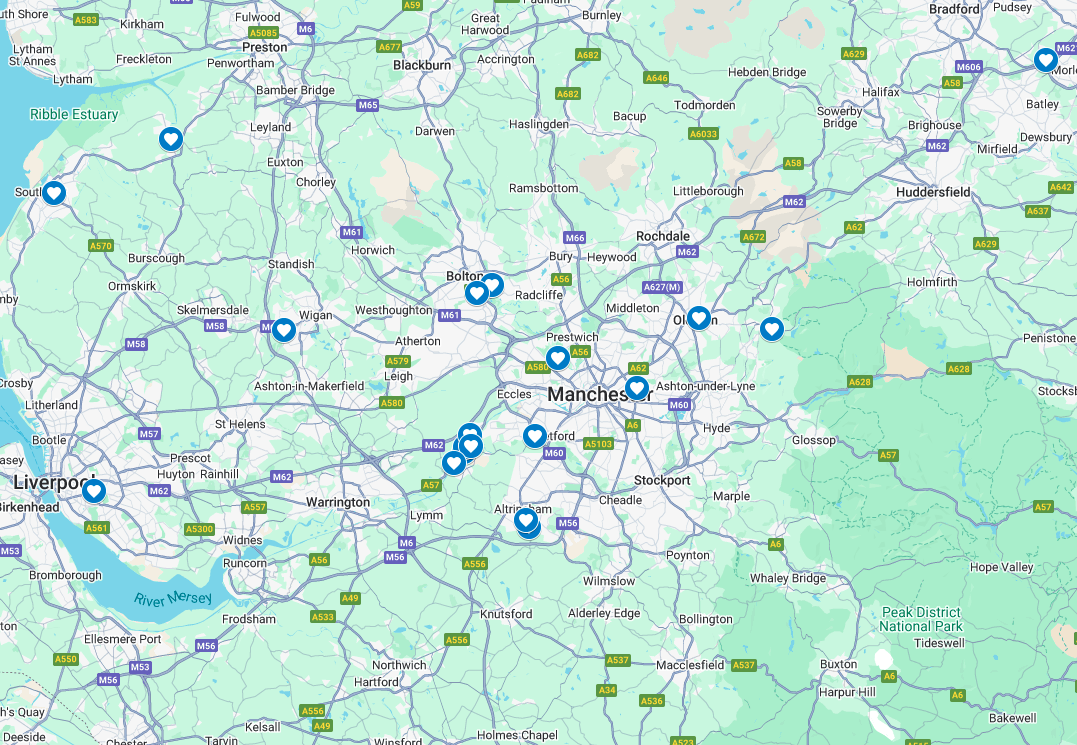Health and Safety in Sport

The percentage of people in England who regularly take part in sport is rising.
According to Sport England, during the year up to March 2014/15 15.5 million people aged 16 years or over in England played sport at least once a week. That’s an increase of 1.4 million people since 2005/06 (when the first survey of its kind was carried out).
The inclusion of sport into our everyday lives is instilled into us at a young age in the hope that we continue to love and play sport throughout our lives in order to stay fit and healthy. Sport at a young age brings with it a wealth of knowledge and life skills which can assist in the development and growth of every young person across the country.
Skills like teamwork, decision making and competitiveness benefit children at a young age whilst the inclusion of regular exercise boosts fitness and growth. But when we finish secondary school and our weekly staple diet of sport is lost, it is up to us as individuals to decide whether to continue this pattern.
Ensuring that sport and physical activity is part of our lives is essential for your health and fitness.
‘Lack of regular exercise is recognised as a contributory factor in the development of many chronic diseases; consequentially, the public are encouraged to take part in regular athletic activities to improve their general health and well-being.’
UK Sport is a great example of our country looking to help to develop, nurture and encourage more people to take part in sports. They are government backed organisation which is key for the development of sport within the United Kingdom and they help to fund and support:
Performance (Investment, Evaluation, Solutions) Events (Investment, Bidding, Support) International (Influence, Development) Governance, Leadership, Financial Accounting Science, Medicine and TechnologyUK Sport have helped to develop Team GB at the Olympics, taking them from 36th in the medal table at Atlanta 1996 to 3rd in the table at the London 2012 games. But they pride themselves on encouraging participants of all ages and at all levels, from professional to amateur, to take part in sports.
‘The aims of UK Sport are to encourage as many people as possible to participate in sporting activities and to lead the best UK athletes to sporting excellence. These aims, however, must be achieved within a safe and healthy environment’ - https://www.welshsports.org.uk/files/236.pdf
They look to actively promote the health and safety of all athletes who take part in sports, which has developed greatly through the years as we, as a society, have learnt how to better prepare and protect athletes against injury.
By the nature of the games and sports we take part in, we are at an increased risk of injury, but it is about how we prepare and react to an injury situation which can help reduce the frequency of the event occurring and the severity of the injury at that time.
For athletes like Olympic snowboarder Zoe Gillings-Brier, the subject of health and safety is an important one.
“For me, health and safety in sport is as important as it gets. When you’re taking part in winter sports like snowboarding where you can be travelling at quite substantial speeds, protection of the athlete taking part is imperative.
‘Wearing protective clothing and padding is a must, along with a helmet, mouth guard and goggles to protect the face and head. But equally essential is having the right equipment and people around you ready to assist in the event of an injury or emergency.’
So where does the responsibility lie when it comes to health and safety in sport?
Depending on the level of sport being played, this responsibility will inevitably fall at the feet of different people. If you’re a professional athlete, the likelihood is that the team manager, the coach, the owner or ground staff will be responsible for providing adequate safety equipment.
For lower league sports however, the struggle to provide adequate health and safety equipment can be tough, and ultimately it will be the coach who will bear the brunt of the responsibility but it is important for all athletes, no matter what level you are playing at, to be aware of the health and safety issues involved and to provide themselves with adequate safety equipment where possible.
‘Although no activity can be made completely risk free, high levels of injury to participants, spectators and the public are not and should not be considered to be an inevitable consequence of sport.’
And whilst the safety of all the athletes taking part in sports is of the highest importance, so is the health and wellbeing of the spectators and staff at the events too.
Last year, Barclays staged a global football fan experiment whereby the heart rate of fans from different teams were monitored throughout the 90 minutes of a football match. The experiment indicated that the heart can increase from its resting rate quite rapidly through the course of the match.
‘Barclays discovered that when your team concedes, your heart rate increases to 145.5% of resting, and when you score, your heart rate increase to 215.5% of resting.’
This kind of research reinforces the need for health and safety in sport to be taken seriously for everyone involved, not just the athletes taking part. And the inclusion of a defibrillator in a first aid kit is quickly becoming an absolute necessity within sport.
Why a defibrillator?
A defibrillator is the only form of treatment, combined with the immediate application of cardiopulmonary resuscitation (CPR), for someone who has suffered a sudden cardiac arrest. If treatment can be provided within 3-5 minutes, survival chances can increase from 6% to 74%.
Unfortunately sudden cardiac arrest can occur to anyone and at anytime, no matter of age, gender, ethnicity, fitness level or occupation. It is a condition which occurs with no prior warning signs and it must be treated quickly and effectively to improve survival chances.
It is essential that all sports clubs at every level, have a automated external defibrillator available as part of their first aid kit and a member of staff who is designated as a first aider and is able to use the defibrillator in an emergency situation.
Having a defibrillator ensures that your sports club is well prepared in the event of a cardiac arrest taking place during a sporting event. Over the past 12 months alone we have seen sportsmen and women at all levels of competition suffer unexpected cardiac arrests and that includes professional sportsmen who are put through rigorous cardiac screening examinations during their careers.
‘Adding a defibrillator to my first aid kit was a decision i took upon myself for protection, safety and peace of mind – not just for me, but for my team and the people around me when I’m in training and competing.
‘I had seen the news, and read about the athletes who were suffering cardiac arrests during the sports they love and knew it was time I needed to protect and look after myself as best I could. Having a defibrillator by my side enables me to protect my heart as best I can.’
‘After receiving some training on the units, I was surprised to see how easy they are to operate and how user-friendly they are. I would recommend them to anyone and everyone, they need to be in all public places.’ – Olympic athlete Zoe Gillings-Brier
If we are to take health and safety in sports seriously, and to the next level, it has to include a first aid kit containing a lifesaving defibrillator device.
What is the cost?
Whilst professional sporting organizations will have the necessary funds available to purchase a lifesaving defibrillator or two, it is the sports clubs at an amateur level or semi professional level which might need help or might struggle to purchase a defibrillator.
And whilst we believe defibrillators are priced at an incredibly reasonable price when you think that they have the potential to help save someone’s life and can be used by anyone, no matter if they have training or not, a good majority of amateur sports clubs rely heavily on volunteered help to run their clubs.
This means that many struggle to have the upfront costs to cover the price of a defibrillator machine and whilst we realise it can be a difficult situation, there are ways to get around the situation.
So what can we do?
Campaigning and fund raising is a great way for local sports teams to generate the money needed to purchase a defibrillator device and the news is littered with stories of local people pooling money together in order to generate a heart safe environment with the inclusion of a defibrillator in their local area.
If sports clubs could make their AED readily available for anyone in the local community to use, this would help to raise funds and generate a wider interest rather than trying to raise the money within the immediate walls of the club itself.
Further to that, defibshop can help to provide the best solution to purchasing a defibrillator for your local community by helping you find the right AED to suit your requirements and your budget with friendly, impartial advice.
We have a variety of payment schemes which could help with the purchasing process from our Sports Package deals which is a cost effective way to buy all the equipment you need to make your club heart safe whilst we can also offer customers and clients the ability to lease a defibrillator or hire a defibrillator for an event or an allotted amount of time.
Leasing periods on our defibrillators can range from 3-5 years, but alternative deals can be negotiated dependant on customer requirements. Our goal is to help increase the amount of public access defibrillators which are spread throughout the country in an attempt to improve survival chances from a cardiac arrest.
We will work with you to help create a healthy and safe environment for sports to take place, at all levels, to protect athletes, staff, spectators and everyone involved with the events.
For more information about our range of defibrillators and how we can help you make a lifesaving AED readily available at your sports club, contact the defibshop team on 0845 071 0830 or, alternatively you can fill out our contact form and a member of the team will get back to you as soon as possible.












